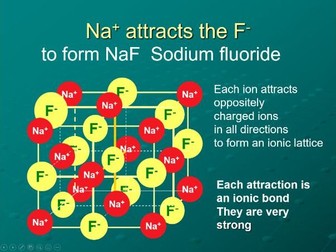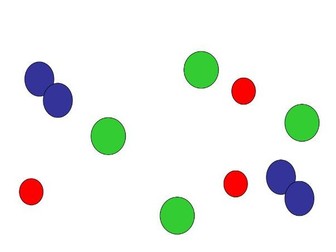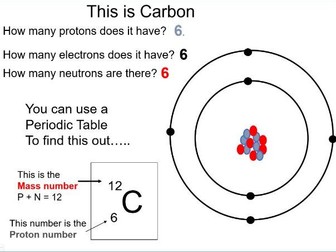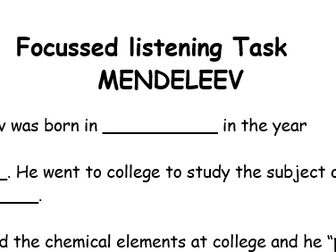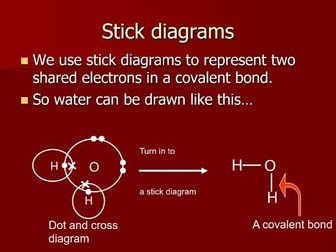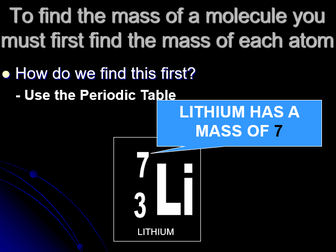
Ions and Ionic bonding fully animated presentation, click by click
THe ppt starts with a basic understanding of what an ion is and then shows how different ions form and then how they are attracted to eachother to form an ionic bond. properties of ionic compounds are also included. Ppt is fully animated, so as the electrons enter the shells, you can count aloud with the students, which reminds them of electron configuration too.
